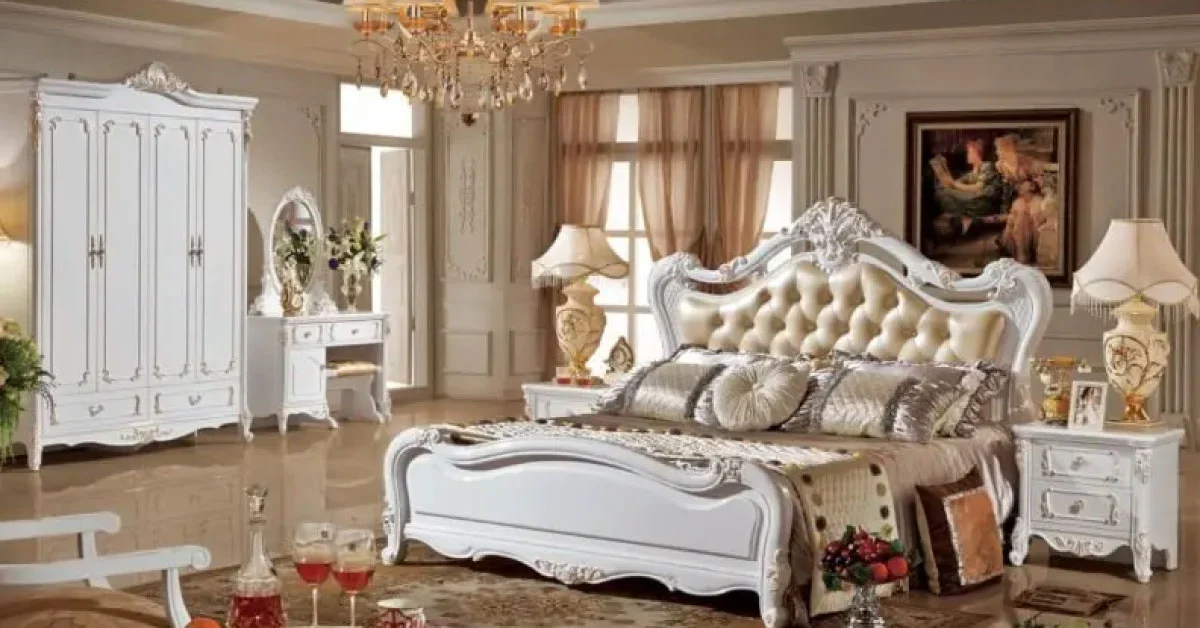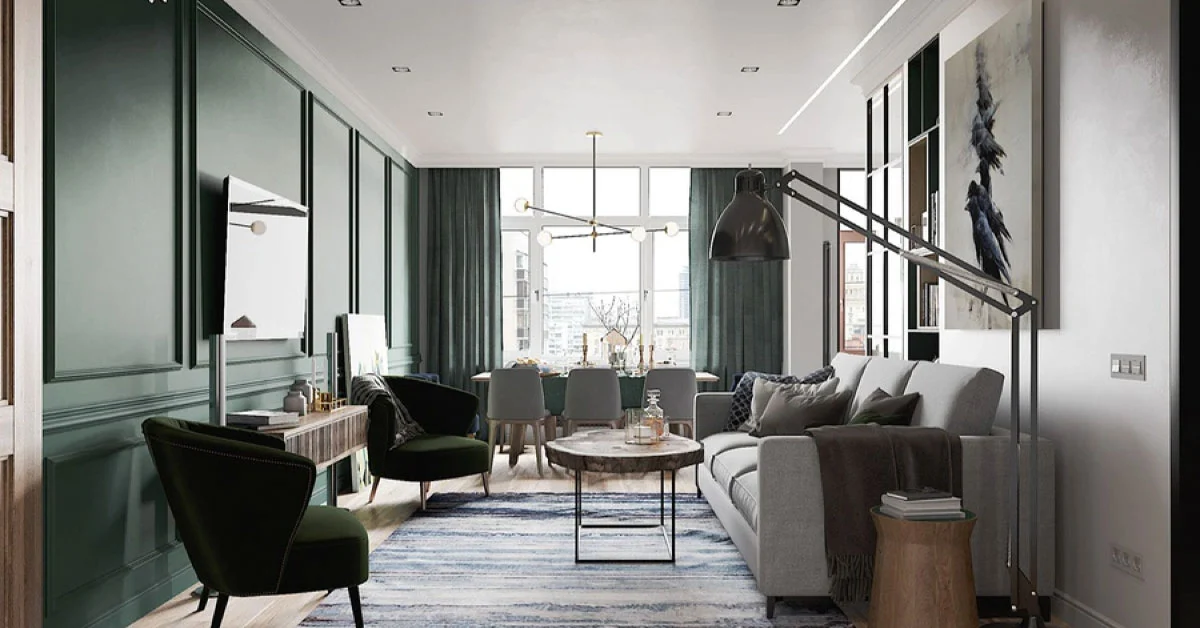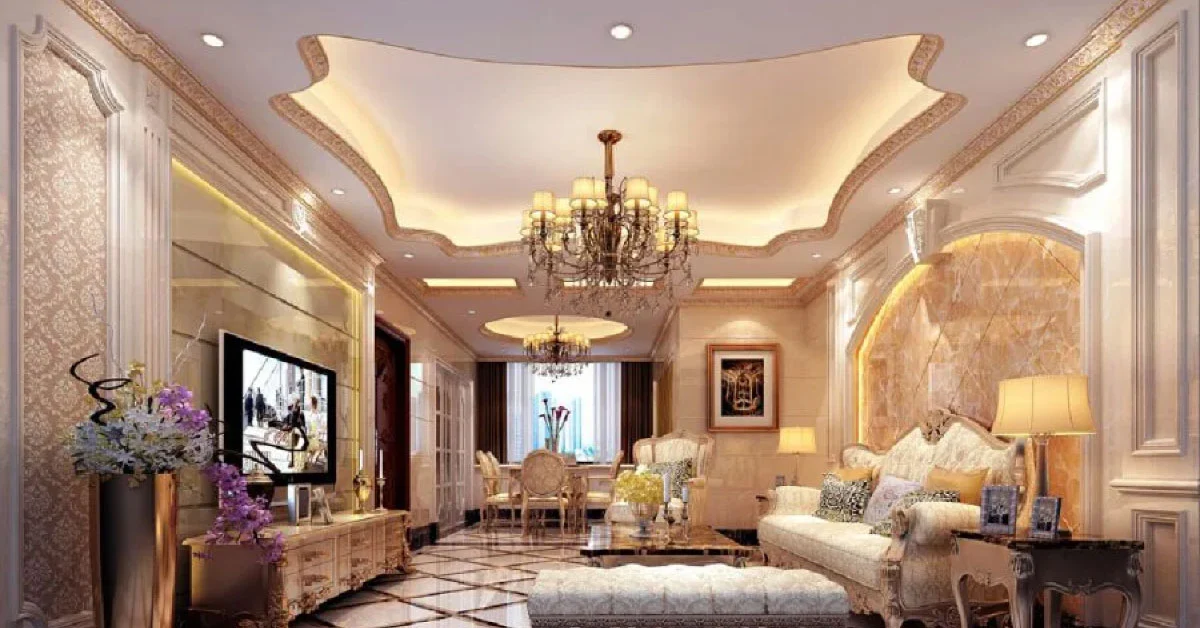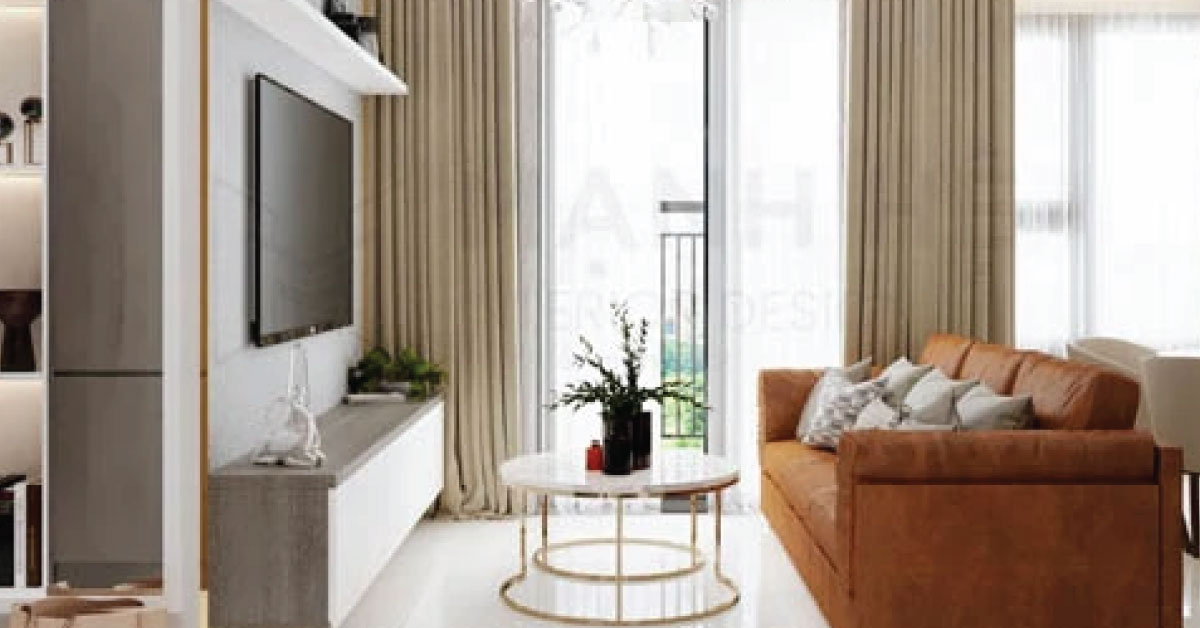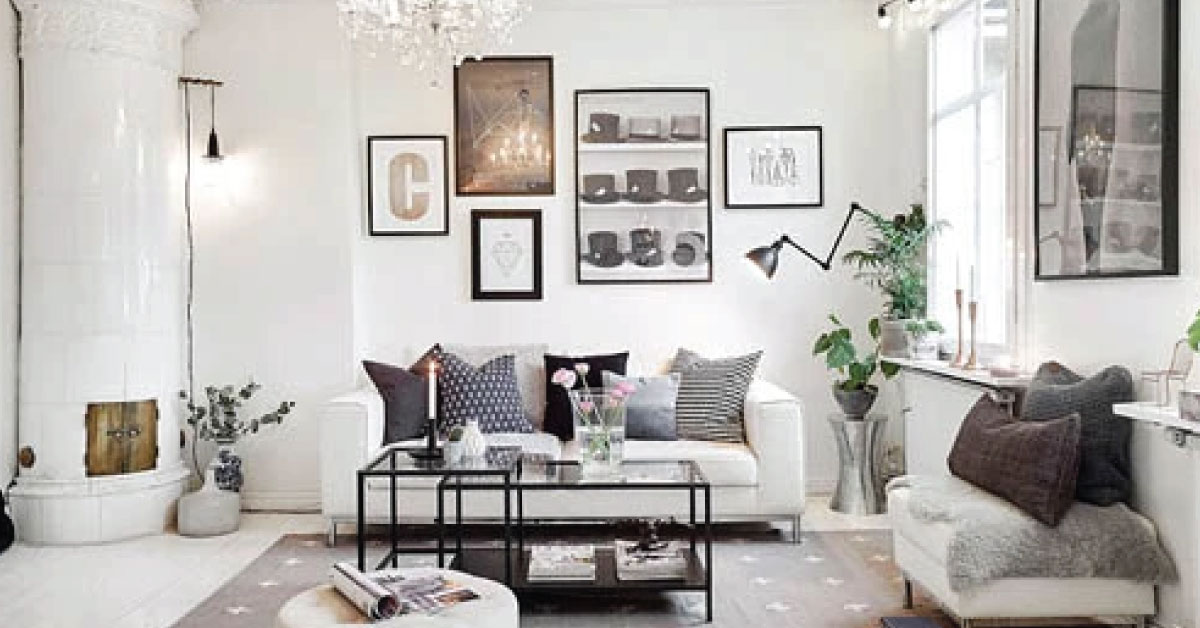Lighting in Interior Design: A Crucial Element for Aesthetic and Functionality
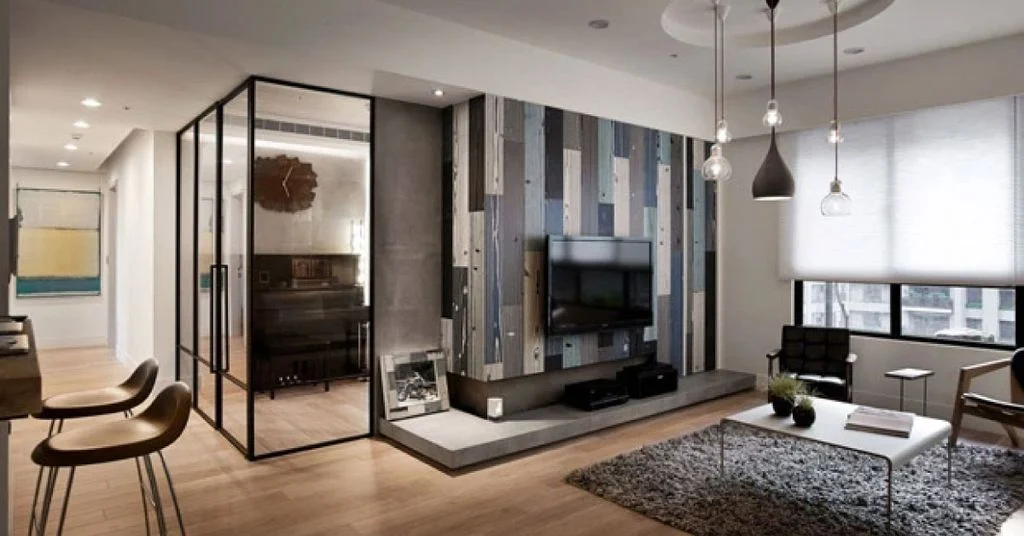
Lighting is a fundamental aspect of interior design, directly influencing the aesthetics, mood, and functionality of a space. Proper selection and arrangement of lighting not only enhance comfort but also highlight architectural features and improve quality of life.
1. Types of Lighting
1.1 Natural Light
Natural light, sourced from sunlight, promotes energy efficiency and creates a sense of openness. It can be harnessed through windows, skylights, or reflective surfaces like mirrors.
1.2 Artificial Light
Artificial lighting includes various fixtures such as LED lights, chandeliers, and recessed lighting. These sources supplement natural light, ensuring adequate illumination throughout the day.
1.3 Ambient Lighting
Ambient lighting provides overall illumination for a room, typically achieved through ceiling-mounted or recessed fixtures, ensuring uniform brightness.
1.4 Task Lighting
Task lighting focuses on specific areas to facilitate activities like reading or working. Examples include desk lamps and under-cabinet lighting.
1.5 Accent Lighting
Accent lighting highlights particular elements such as artwork, architectural details, or plants, adding depth and visual interest to a space.
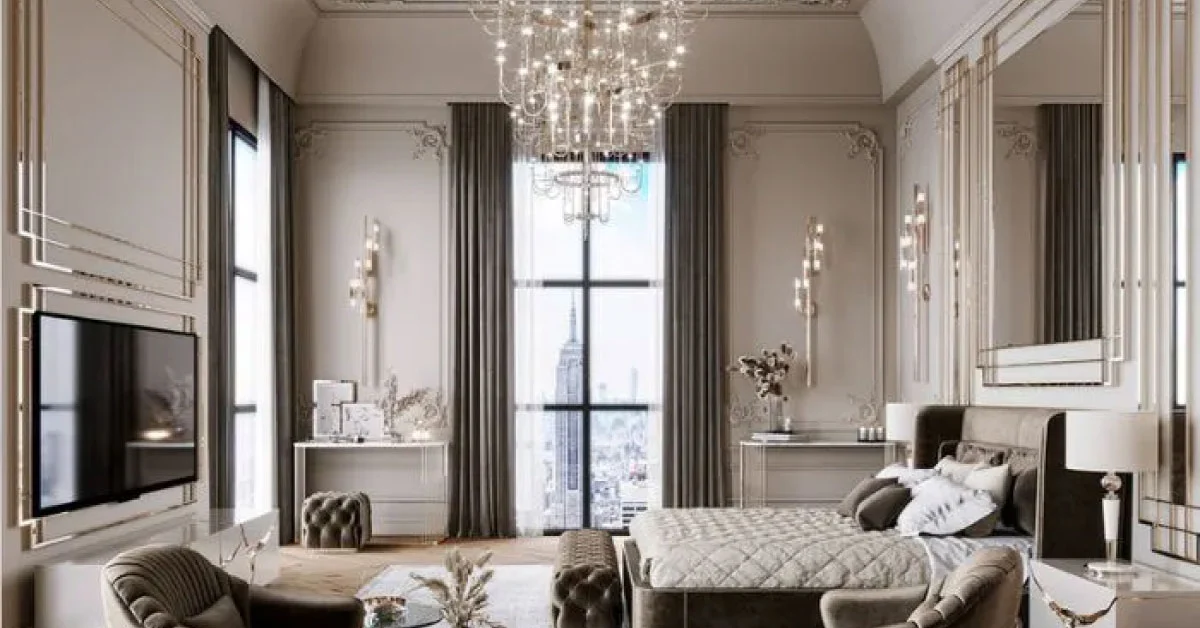
Lighting in Interior Design: A Crucial Element for Aesthetic and Functionality
2. Key Lighting Metrics
-
CRI (Color Rendering Index): Measures the accuracy of color representation; higher values indicate more precise color rendering.
-
Lumen: Indicates the total amount of visible light emitted by a source.
-
Lux: Measures the intensity of light on a surface area.
-
CCT (Correlated Color Temperature): Defines the color appearance of light; warm light (<3500K) creates a cozy atmosphere, while cool light (>5000K) enhances concentration.
3. Principles for Effective Lighting Arrangement
-
Layered Lighting: Combine ambient, task, and accent lighting to create a dynamic and adaptable environment.
-
Zoning: Allocate different lighting setups for various functional areas within a space.
-
Adjustability: Incorporate dimmers and adjustable fixtures to modify light intensity according to time of day and activity.
-
Maximize Natural Light: Utilize daylight to reduce energy consumption and enhance well-being.
4. Considerations When Choosing Lighting Systems
-
Style Compatibility: Select lighting fixtures that complement the overall theme.
-
Energy Efficiency: Opt for energy-saving lighting solutions to lower electricity costs.
-
Glare and Shadow Management: Position lights to minimize glare and unwanted shadows, ensuring visual comfort.
Lighting transcends mere illumination; it defines the ambiance and functionality of a space. Understanding and applying proper lighting principles can transform interiors into harmonious, inviting, and vibrant environments.


